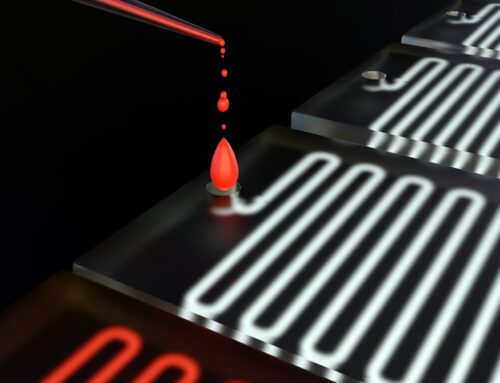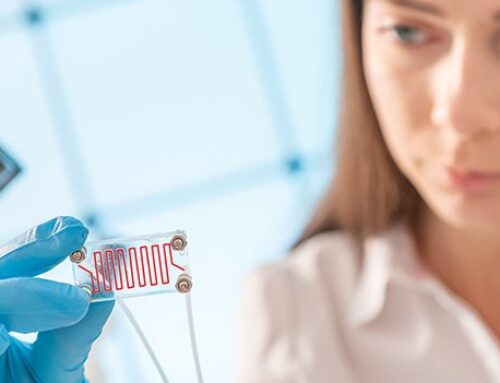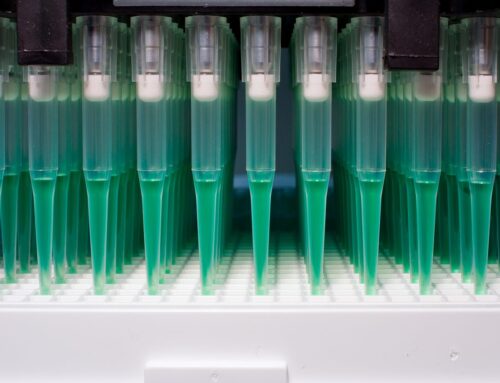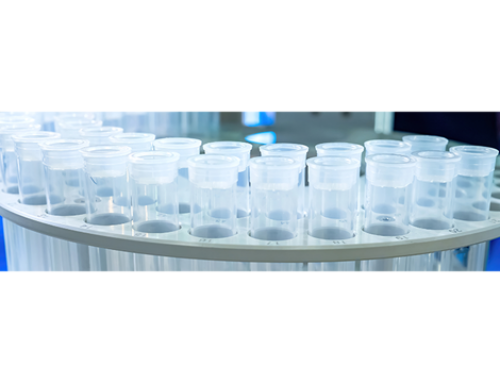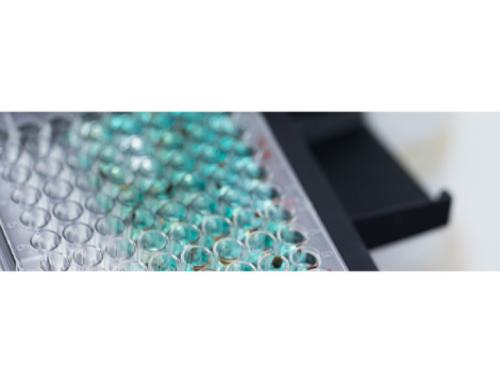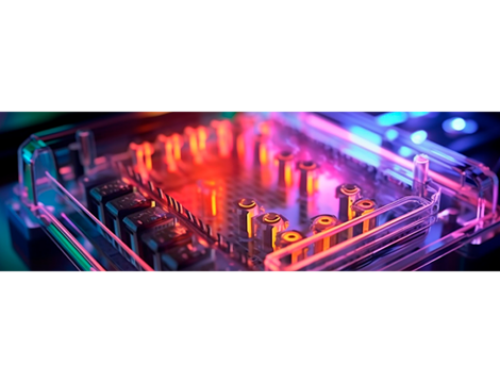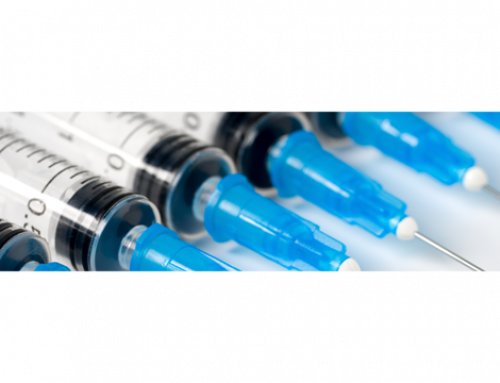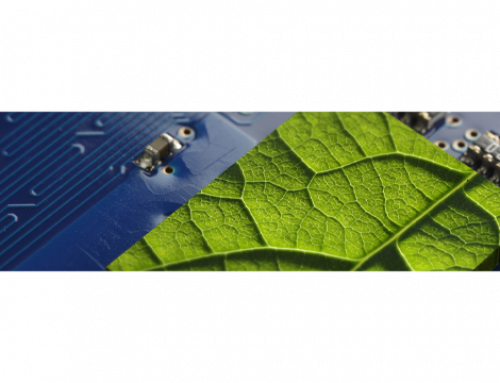 When designing new microfluidic chips for medical and scientific research applications, there is no shortage of factors to keep in mind for your device, from the initial back-of-the-napkin sketch to the prototyping stage to the final product, and chief among them is your choice of fabrication materials.
When designing new microfluidic chips for medical and scientific research applications, there is no shortage of factors to keep in mind for your device, from the initial back-of-the-napkin sketch to the prototyping stage to the final product, and chief among them is your choice of fabrication materials.
When selecting the right material, you need to give careful thought to not only the material’s appropriateness for the tasks your device is expected to handle, but also its cost and manufacturability. If your device requires optical transparency, for example, you need material such as a type of glass or a polymer glass equivalent that offers sufficient clarity and minimizes the distortion and birefringence of light passing through it—but you also must take into careful consideration how easy your choice of material is to manipulate into your desired shapes and tolerances. And if you use this fabrication material, can you afford to manufacture your device at your intended scale and get it into the hands of the researchers who need it most?
Understanding the advantages and applications of various materials for microfluidic chips is the key to designing effective, efficient, and reliable diagnostic tools that support researchers in the scientific and industrial fields your new microfluidic device targets.
In this article, we’ll dive into a few of the most widely used fabrication materials for manufacturers of microfluidic consumables, including glass, silicon, and certain polymers, exploring their advantages, disadvantages, and use cases for research and diagnostic tools to help you make an informed decision for your product designs.
The Role of Silicon in Microfluidic Chips
Silicon was an early fabrication material used for microfluidic chips, often applied as a substrate or an additive material. In the early days of microfluidic chip development, silicon was the foremost choice of material, followed by developments in other inorganic materials such as glass or ceramic.
Silicon’s long history did not end with the development of more advanced glass polymers and thermoplastics. Its high compatibility with microelectronics, due to common manufacturing processes with semiconductor technology, and the precision and resolution of modern silicon fabrication techniques allow for intricate miniaturized features and streamlined microelectronics integration.
Research Applications
- DNA analysis and genomics
- Protein crystallization and cell biology
- Integrated Lab-On-a-Chip systems with sensors
Advantages
- High precision and resolution in fabrication
- Excellent thermal conductivity, suitable for heated or cooled applications
- Established fabrication techniques borrowed from the semiconductor industry
Disadvantages
- Expensive material and processing costs
- Opaque, limiting direct optical detection methods
- Not inherently biocompatible, requiring surface modifications
Using Glass for Microfluidic Diagnostic Devices
Glass has been a groundbreaking material for modern microfluidic chips as we know them. Well known for its clarity and resistance to high temperatures and aggressive chemicals, glass emerged as a highly desirable material for microfluidic devices during the 1990s, particularly during work on the Human Genome Project, which exposed silicon’s shortcomings for specific areas of research.
Today, glass still finds significant usage as a fabrication material for microfluidic chips, aiding researchers in life sciences, chemistry, and analysis with single-use devices that make visual monitoring and optical detection of cell cultures and chemical reactions easier. However, it cannot be fabricated as easily or in as complex shapes as today’s polymer glass alternatives, since glass cannot be injection molded; rather, like silicon, microfluidic channels have to be etched into its surface.
Research Applications
- Analytical chemistry (e.g., capillary electrophoresis, chromatography)
- Cell culture platforms and single-cell analysis
- High-temperature processes and chemical synthesis
Advantages
- Excellent optical transparency for visual monitoring and optical detection
- Very good chemical and thermal resistance
- Non-porous surface, reducing the risk of contamination
- Good biocompatibility
Disadvantages
- Relatively expensive and complex fabrication processes (e.g., etching, bonding)
- Brittle, making it prone to breakage
- Difficult to integrate with other materials and electronics
Microfluidic Polymers and Thermoplastics
Today, modern injection molding technology provides a wealth of new manufacturing opportunities to the medical device market as a whole, including microfluidic chips. Advancements in these technologies have brought polymers to the forefront of microfluidic chip design, making it easier and more cost-effective to produce microfluidic chips with extremely intricate features.
Unlike the previously mentioned inorganic fabrication materials, microfluidic polymers such as PMMA, COP, TOPAS® COC and polystyrene can be far more rapidly and cheaply formed into microfluidic chips, and each unique type of polymer offers its own advantages to microfluidic device design and production. While there are many polymers available, this article will highlight a few of the most popular:
Polymethyl Methacrylate (PMMA)
Also known as acrylic, PMMA material is a synthetic polymer derived from methyl methacrylate that acts as a glass substitute in numerous engineering applications, such as shatterproof windows, skylights, or aircraft canopies. It can be injection molded, machined and bonded at lower costs and with less sophisticated equipment than glass or silicon, which makes it more useful for single-use, disposable devices.
Research Applications
- Immunoassays and clinical diagnostics
- Microreactors for synthetic chemistry
- Environmental monitoring devices
Advantages
- Good optical clarity
- Lower cost compared to glass and silicon
- Easier to fabricate and bond using methods like thermal bonding and adhesive bonding
Disadvantages
- Lower solvent and thermal resistance compared to glass and silicon
- Can absorb small molecules, potentially leading to contamination
- Some grades may have lower biocompatibility
Cyclic Olefin Polymer (COP), Cyclic Olefin Copolymer (COC) “Polymer Glass”
Cyclic olefin (co-)polymers are a relatively recent development in thermoplastics with significant applications in medical devices. They can be thought of as a type of polymer glass—a polymer that is similar to glass in many of its optical, mechanical and physical properties. Through injection molding these polymers can be shaped into more complex and detailed shapes than traditional glass.
Zeon Corporation’s Cyclic Olefin Polymer (COP), made a splash in the world of injection molded medical devices and equipment by providing a glass substitute when the rollout of the COVID-19 vaccine strained demand for glass vaccine vials. Various grades of COP are especially useful for combining the advantages of glass with the advantages of polymers.
TOPAS® COC offered in several grades, similarly provides high-purity, glass-clear plastics ideal for high-precision disposable microfluidic chips.
Research Applications
- Point-of-care testing devices
- High-throughput screening platforms
- Optical applications due to high clarity
Advantages
- High optical transparency and low autofluorescence
- Good chemical resistance and low moisture absorption
- Amenable to high-volume manufacturing techniques like injection molding
Disadvantages
- More expensive than some other polymers like PMMA
- May require specialized equipment for processing
- Somewhat limited compatibility with organic solvents
Polystyrene (PS)
Polystyrene (PS) is a versatile plastic used in a variety of industrial and scientific applications due to its lightweight, rigid, and inexpensive nature relative to other hydrocarbon polymers—and its optical clarity, sterility, and cost-effectiveness in its standard form makes it useful for labware, medical devices, and diagnostic components, including microfluidic chips.
However, despite their extensive use, PS materials are being managed carefully in medical and scientific settings to minimize environmental impact, though breakthroughs are being made in effectively recycling this material.
Research Applications
- Cell-based assays and culture
- Biomedical applications involving static cultures
- Diagnostic platforms for clinical use
Advantages
- Inexpensive and easy to fabricate
- Good optical properties for imaging and diagnostic applications
- Widely used in biological applications, well-understood interaction with biomolecules
Disadvantages
- Brittle, with lower impact strength
- Poor resistance to many chemicals and solvents
- Non-biodegradable and difficult to recycle
Choose the Best Material for Your Microfluidic Chips with a Strategic Contract Manufacturer
The above materials are only a few of the vast range of inorganic and polymer fabrication materials that can be used in microfluidic devices for research and assay. When you form a strategic partnership with Vantiva Precision BioDevices as your contract microfluidic chip manufacturer, you gain access to a team of expert engineers who are capable of offering advice at every step of the design process to choose the most appropriate material for your new device, both from a functionality standpoint and a cost and manufacturability standpoint.
Connect with our engineers today to unlock more insight into the design of your microfluidic chips.

